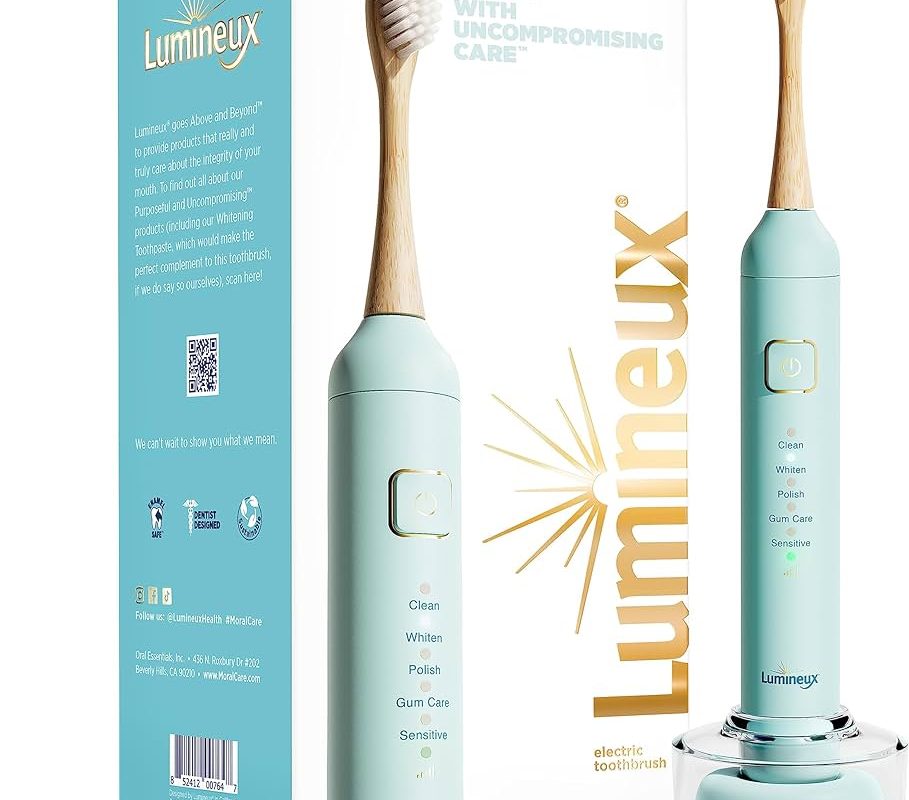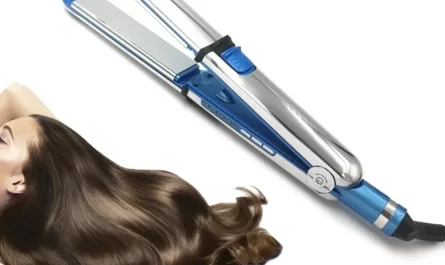Introduction:
Electric toothbrushes offer superior plaque removal and overall dental hygiene compared to manual toothbrushes, but maintaining their cleanliness is crucial for ensuring both their effectiveness and longevity. Proper cleaning prevents the buildup of bacteria, toothpaste residue, and mold, contributing to a healthier brushing experience. This detailed guide covers everything you need to know about keeping your electric toothbrush clean, from daily maintenance to specialized deep cleaning techniques.
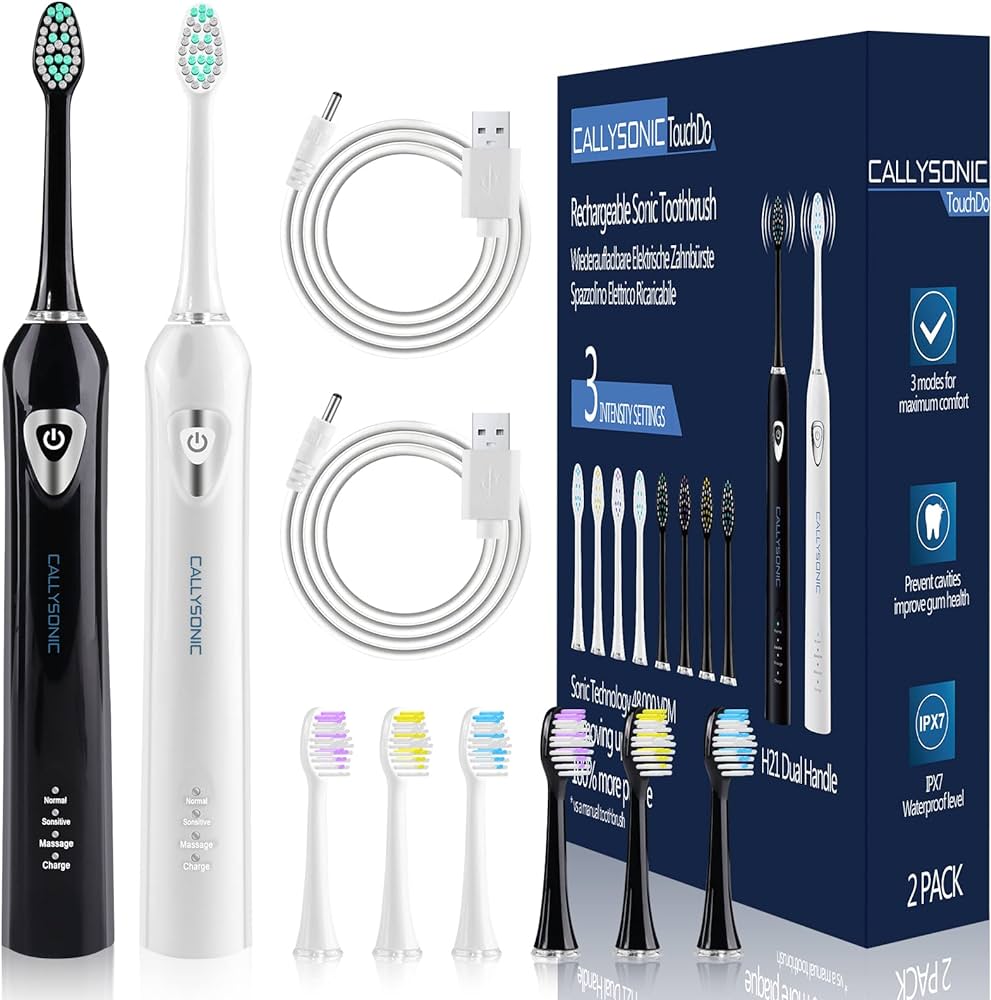
How to Keep an Electric Toothbrush Clean?
Daily Cleaning Routine
Maintaining a daily cleaning routine is essential for preventing the buildup of bacteria and toothpaste residue on your electric toothbrush.
Rinsing After Use: After every use, thoroughly rinse the toothbrush head with warm water to remove toothpaste and debris. Ensure the bristles are clean and free from any residue.
Shake Off Excess Water: Gently shake the toothbrush to remove excess water. This prevents moisture buildup, which can lead to the growth of mold and bacteria.
Wipe the Handle: Use a damp cloth or paper towel to wipe down the handle of the toothbrush, especially around the areas where the head connects to the body. This helps remove any toothpaste splatters or residue.
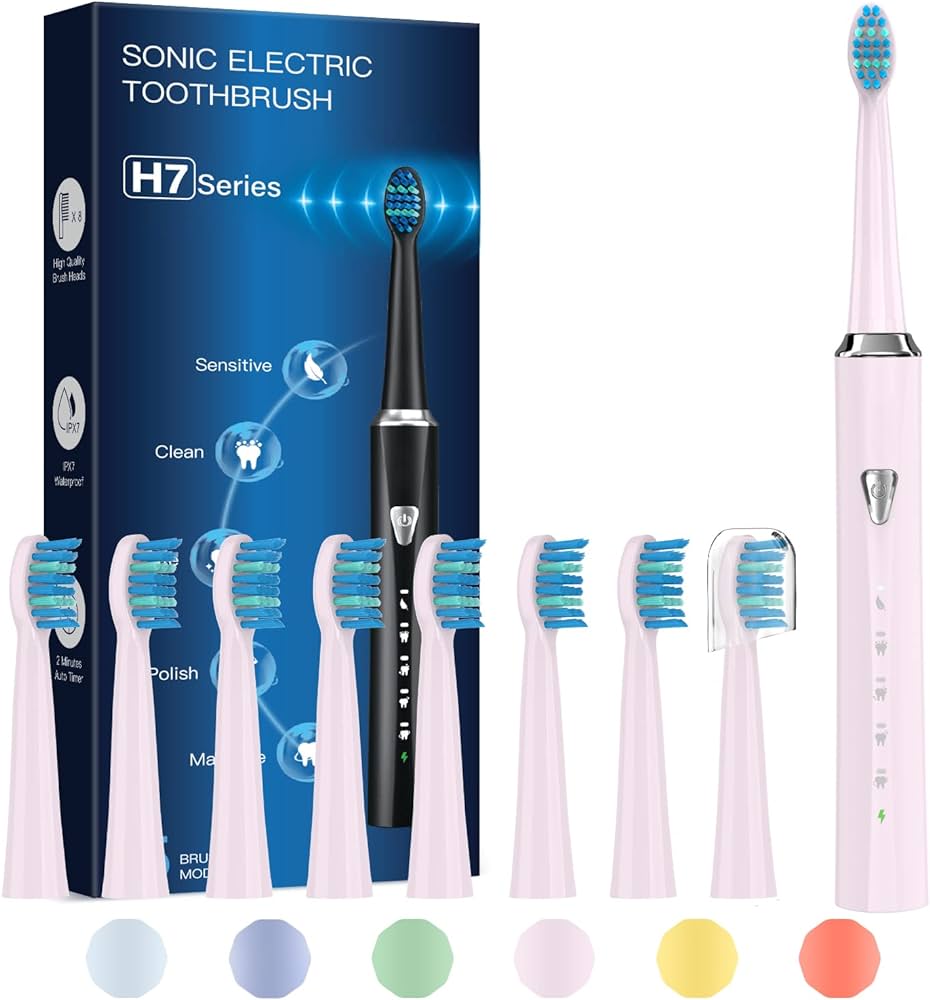
Proper Storage
Storing your electric toothbrush correctly is crucial for maintaining its cleanliness and preventing contamination.
Upright Position: Store the toothbrush in an upright position to allow it to air dry completely between uses. This helps prevent the growth of mold and bacteria associated with damp environments.
Ventilated Area: Place the toothbrush in a well-ventilated area to facilitate proper drying. Avoid storing it in a closed cabinet or drawer where moisture can become trapped.
Separate Storage: If possible, use a dedicated holder or stand to store your electric toothbrush. This minimizes contact with other items and reduces the risk of cross-contamination.
Regular Deep Cleaning
Performing regular deep cleaning is vital to maintaining the overall hygiene of your electric toothbrush. Here are some methods to ensure it stays clean.
Soaking the Brush Head: Remove the toothbrush head and soak it in a mixture of antibacterial mouthwash or a solution of equal parts water and white vinegar for about 15-30 minutes. This helps kill bacteria and dissolve any stubborn residue.
Brushing the Bristles: After soaking, use a clean toothbrush or brush designated for cleaning purposes to scrub the bristles. This ensures thorough cleaning and removes any remaining particles.
Cleaning the Handle: Use a disinfectant wipe or a cloth dampened with rubbing alcohol to clean the handle and any crevices where residue may accumulate. Pay extra attention to buttons and joints.
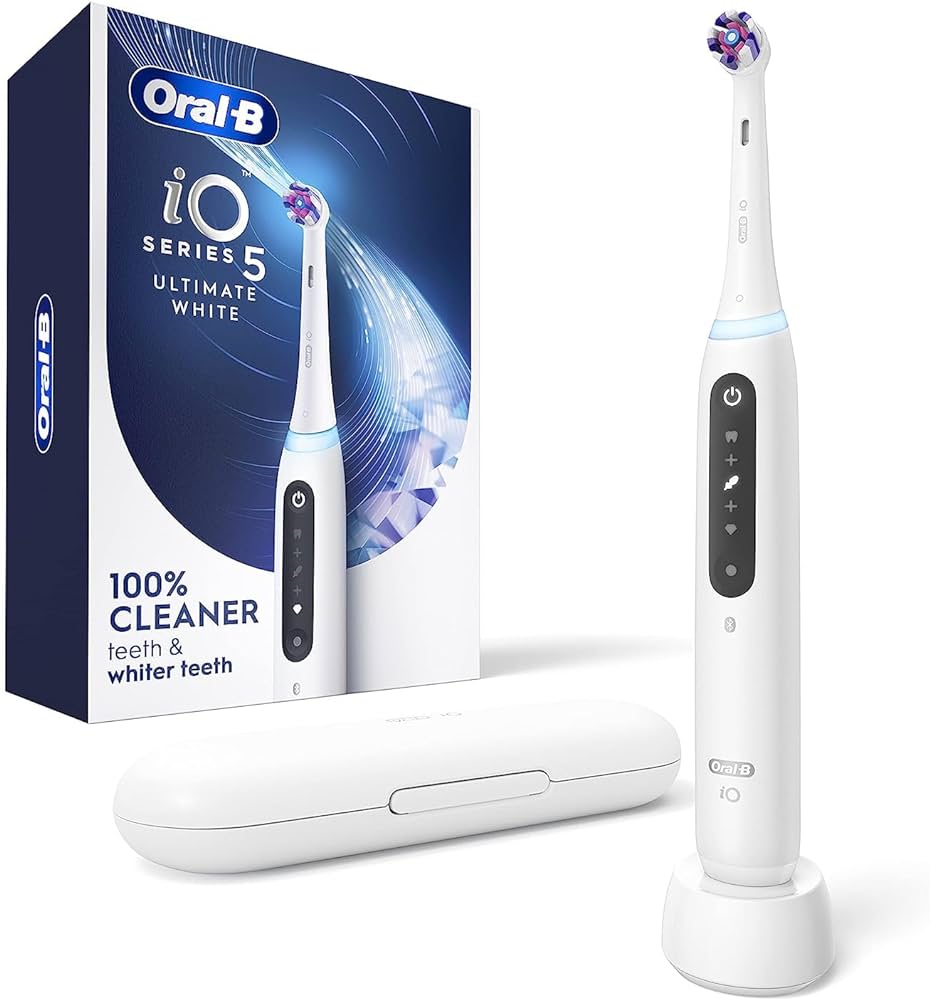
Preventing Mold and Mildew
Mold and mildew can be a common issue with electric toothbrushes due to constant exposure to moisture. Implementing specific measures can prevent these problems.
Disassemble During Drying: When possible, disassemble the toothbrush head from the handle and allow both parts to air dry separately. This prevents moisture from accumulating at the attachment point.
Regular Inspection: Regularly inspect the toothbrush, especially the areas where the head attaches to the handle. Look for any signs of mold or mildew and clean immediately if detected.
Using a UV Sanitizer: Consider using a UV sanitizer designed for toothbrushes. These devices use ultraviolet light to kill bacteria and mold spores, ensuring a higher level of cleanliness.
Frequency of Replacement
Replacing the toothbrush head at appropriate intervals is essential for maintaining optimal oral hygiene and reducing contamination risks.
Every 3-4 Months: Replace the toothbrush head every 3-4 months or sooner if the bristles become frayed or worn. Worn bristles are less effective at cleaning teeth and can harbor bacteria.
After Illness: Replace the toothbrush head after recovering from an illness, such as a cold or flu. This prevents reinfection and ensures a fresh start with a clean brush.
Visible Wear and Tear: If you notice visible signs of wear and tear before the recommended replacement period, replace the toothbrush head immediately to maintain cleaning effectiveness.
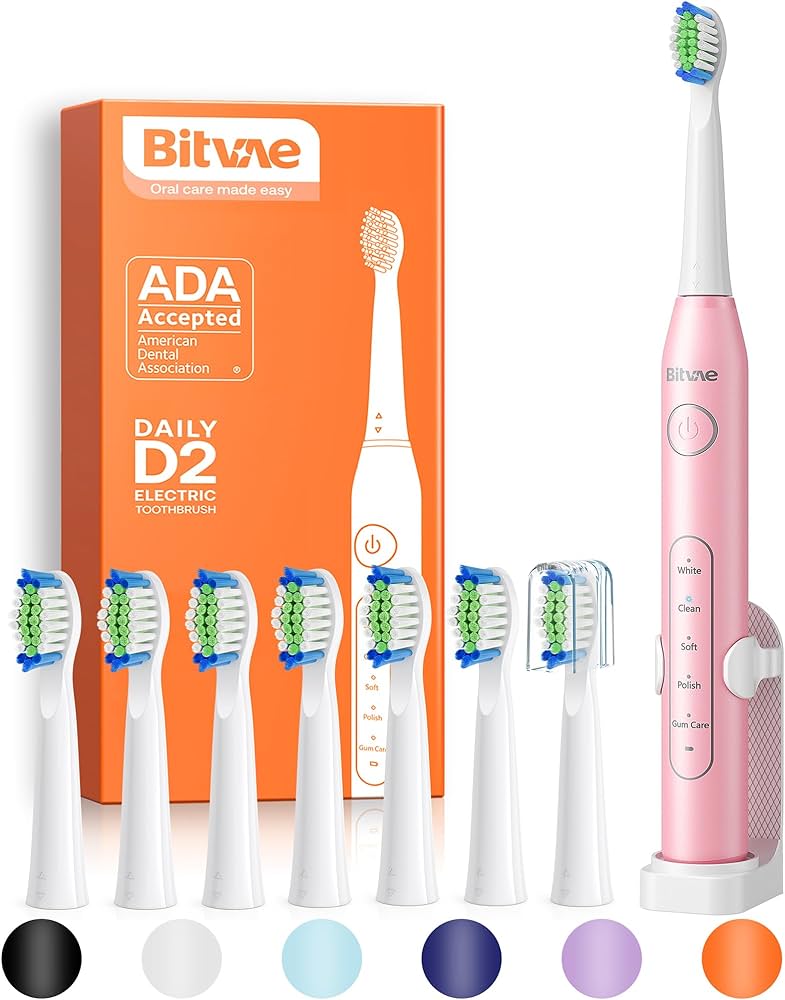
Dealing with Toothpaste Residue
Toothpaste residue can accumulate on your electric toothbrush over time, leading to hygiene issues. Here are ways to manage and minimize residue.
Use Less Toothpaste: Using an appropriate amount of toothpaste—about the size of a pea—reduces excess residue that can build up on the toothbrush.
Rinse Thoroughly: Thoroughly rinse the toothbrush head after each use to prevent residue from drying and hardening on the bristles.
Weekly Bristle Cleaning: Once a week, soak the toothbrush head in warm soapy water for 15 minutes to help dissolve any accumulated residue. Rinse thoroughly and allow to air dry.
Battery and Charging Maintenance
Proper maintenance of the battery and charging components of your electric toothbrush ensures its functionality and longevity.
Clean Charging Base: Regularly wipe down the charging base with a damp cloth to remove any dust or debris. Avoid using harsh chemicals that can damage the base.
Avoid Overcharging: Do not leave the toothbrush on the charger continuously. Overcharging can reduce battery lifespan. Follow the manufacturer’s recommendations for charging duration.
Battery Replacement: If your toothbrush has a replaceable battery, ensure it is clean and properly seated in the battery compartment. Replace the battery according to the manufacturer’s guidelines to maintain performance.
Travel Considerations
When traveling with an electric toothbrush, taking certain precautions can keep it clean and protected.
Protective Case: Use a protective case designed for your toothbrush model to keep it clean and shielded from damage during travel.
Dry Before Packing: Ensure the toothbrush and head are completely dry before packing. Store them separately within the case to prevent moisture buildup.
Portable Sanitizers: Use portable UV sanitizers or disinfecting wipes for quick cleaning while on the go. These products help maintain hygiene in varying conditions.
Environmental Considerations
Sustainable practices can maintain the cleanliness of your electric toothbrush while being mindful of the environment.
Eco-Friendly Cleaners: Opt for eco-friendly, biodegradable cleaning solutions such as diluted vinegar or baking soda mixed with water.
Reuse and Recycle: Recycle worn-out toothbrush heads according to local recycling programs. Some brands offer recycling programs specifically for their products.
Extend Battery Life: Prolong battery life by charging only when necessary and avoiding overcharging. This reduces waste and extends the life of your electric toothbrush.
Proper Disposal: Dispose of batteries according to local regulations to prevent environmental contamination. Many communities offer specific disposal sites for batteries and electronic waste.
Consulting Manufacturer Instructions
Following the manufacturer’s instructions ensures that your cleaning practices align with the specific requirements of your electric toothbrush.
Reading the Manual: Familiarize yourself with the user manual provided with your electric toothbrush. It contains valuable information on cleaning, maintenance, and troubleshooting specific to your model.
Manufacturer Recommendations: Adhere to any specific cleaning methods or products recommended by the manufacturer. This ensures the best care and longevity of your toothbrush.
Warranty Considerations: Following the manufacturer’s cleaning and maintenance guidelines can be crucial for maintaining the warranty on your electric toothbrush. Any deviations might void the warranty.
Incorporating Good Oral Hygiene Practices
Maintaining an electric toothbrush also involves overall good oral hygiene practices.
Brushing Technique: Use proper brushing techniques to get the most out of your electric toothbrush. Follow a systematic approach to ensure all areas of your mouth are effectively cleaned.
Brushing Duration: Brush for the recommended two minutes, twice a day. Many electric toothbrushes have built-in timers to help you adhere to this guideline.
Flossing and Mouthwash: Complement brushing with daily flossing and rinsing with an antibacterial mouthwash. This ensures comprehensive oral hygiene and support from your electric toothbrush.
Final Considerations
A summary of key points to keep in mind for maintaining the cleanliness and longevity of your electric toothbrush.
General Tips: Always rinse the toothbrush head thoroughly after each use, store it in an upright, ventilated position, and clean the handle regularly.
Regular Maintenance: Incorporate regular deep cleaning, monitor for signs of wear, and replace the toothbrush head every 3-4 months.
Environmental Impact: Opt for sustainable cleaning practices and proper battery disposal to reduce environmental impact.
Manufacturer Guidelines: Always follow the manufacturer’s instructions for specific care and maintenance of your electric toothbrush to ensure its effectiveness and warranty protection.
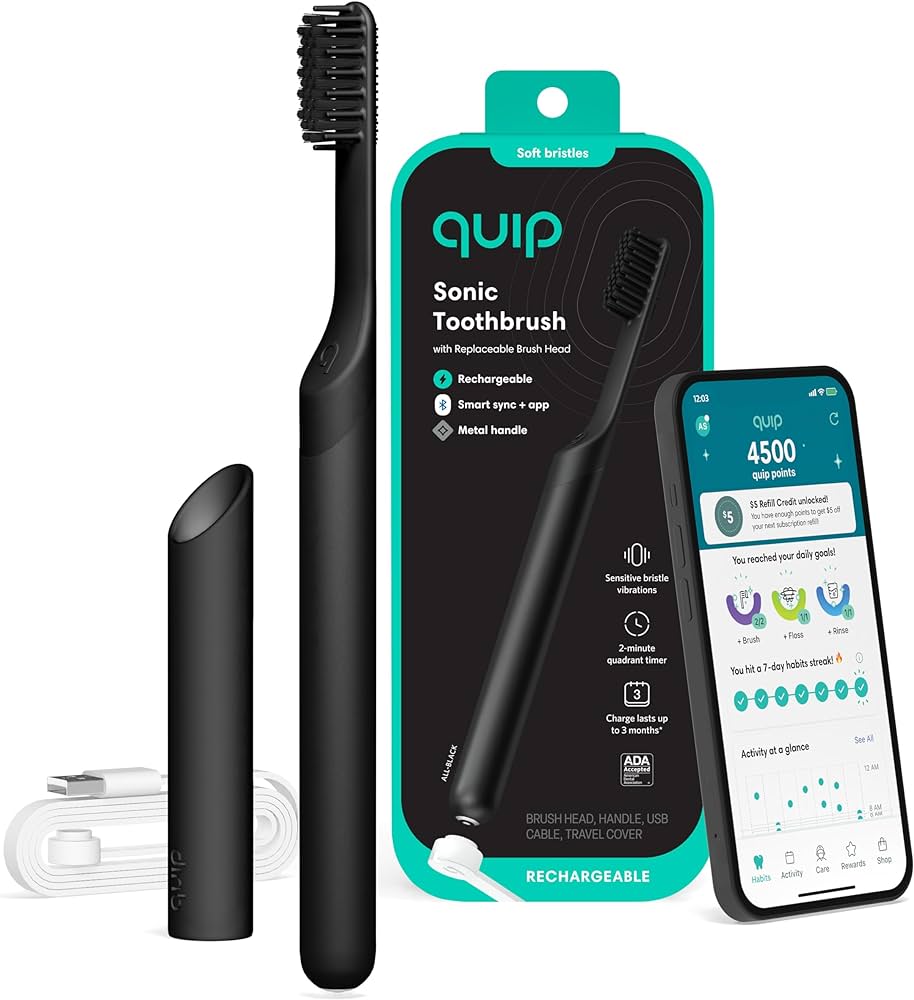
Conclusion
Maintaining the cleanliness of an electric toothbrush is essential for optimal dental hygiene and the longevity of the device. By following a daily cleaning routine, storing the toothbrush correctly, performing regular deep cleaning, and adhering to proper maintenance practices, you can ensure that your electric toothbrush remains effective and hygienic. Incorporating good oral hygiene practices and considering environmental impact further enhances the overall health benefits. Consulting the manufacturer’s instructions ensures tailored care specific to your toothbrush model. By implementing these comprehensive strategies, you can enjoy a cleaner, healthier brushing experience every day.

